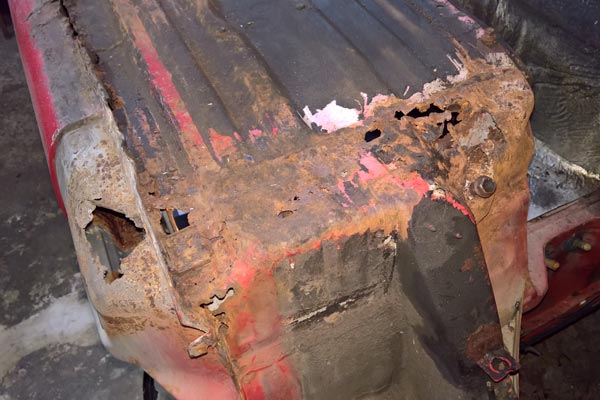The deflation resulting from the decision to halt the Cappuccino’s rebuild has only been intensified by seeing the forlorn, broken body of the car hanging from the rotisserie. Reluctantly its time to start tying up loose ends and concluding this rather sad story…
Bodywork – or rather the lack thereof – was the main reason behind the Cappuccino’s demise. Not only was rust and corrosion relatively widespread but it had concentrated around key areas like the subframe mounting points and had eaten away at complicated pressings that would’ve required huge amounts of time and skill to remake. As these were essentially JDM vehicles with some minor tweaks for EU compliance it’s not hard to imagine that they were as sparsely undersealed as their Japanese counterparts – 20 years and a lack of preventative maintenance by previous owners has painted a pretty ugly picture on the underside of the car.

Having accepted the Capp’s fate I’d initially hoped to break the car to help keep others like it on the road – sadly (in more ways than one) there are plenty of Cappuccinos already being stripped and most owners are facing similar issues to me. No-one is really interested in tidy trim pieces when they’re rebuilding rear wheel arches or trying to repair inner sills.
Though I hate to even write this – I feel cruel, cold-hearted, and a failure all at once – the plan is to salvage a few good items from the car before sending it to be recycled. I was lucky enough to be able to retain the registration plate (it’s just a standard plate but I’d hate to have lost it) and I’ll be keeping the engine and transmission for as long as I have room to store them. Perhaps one day I can place the Capp’s heart into another vehicle and give L865 MNT a new lease of life… that would be something, at least.